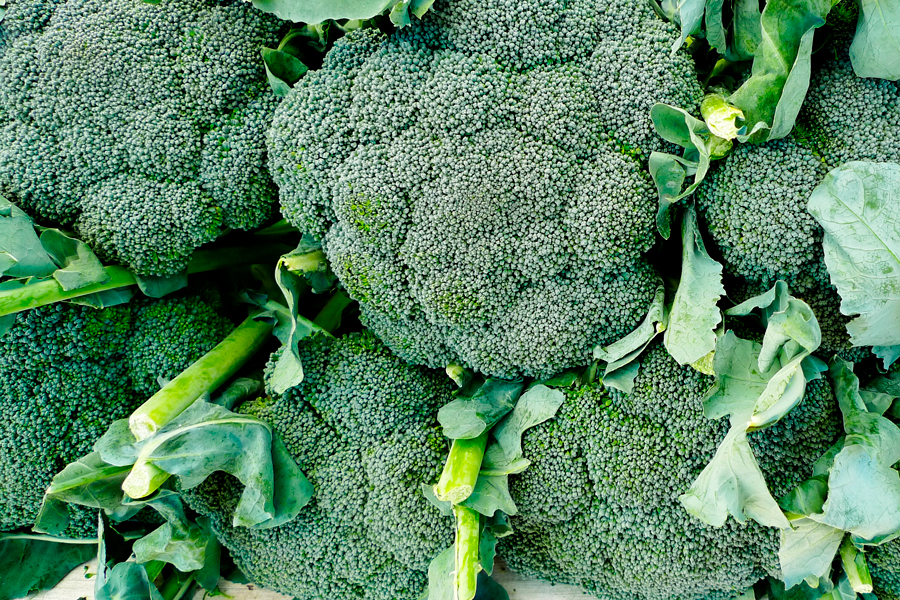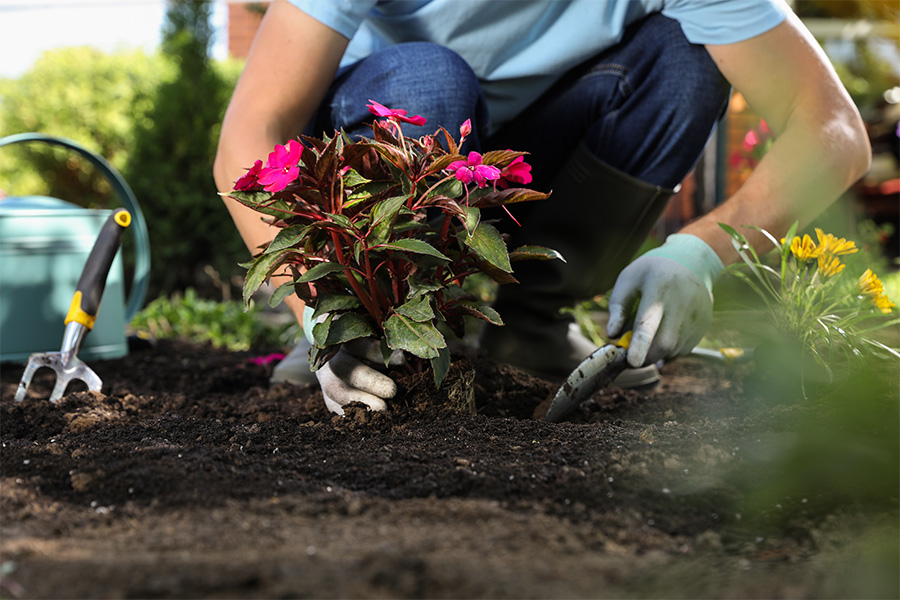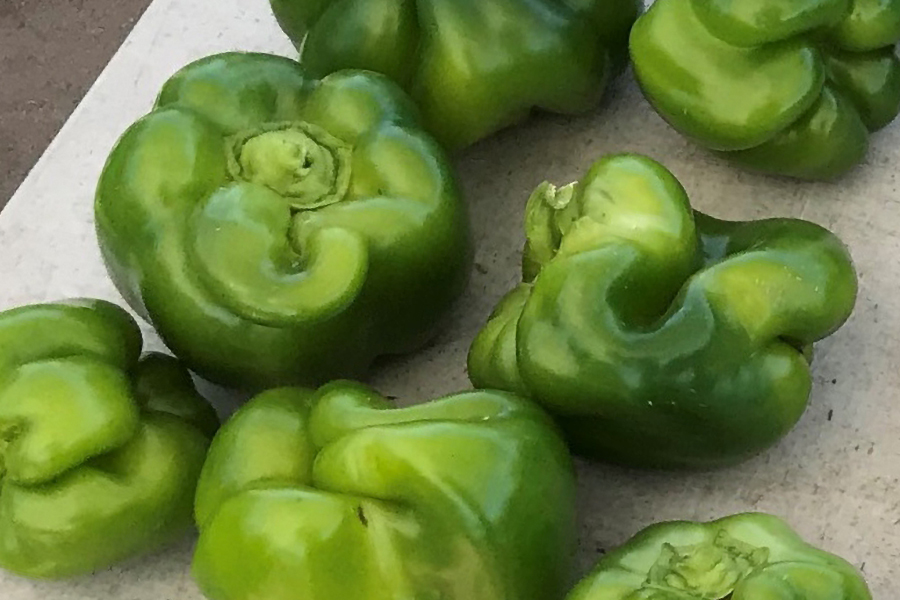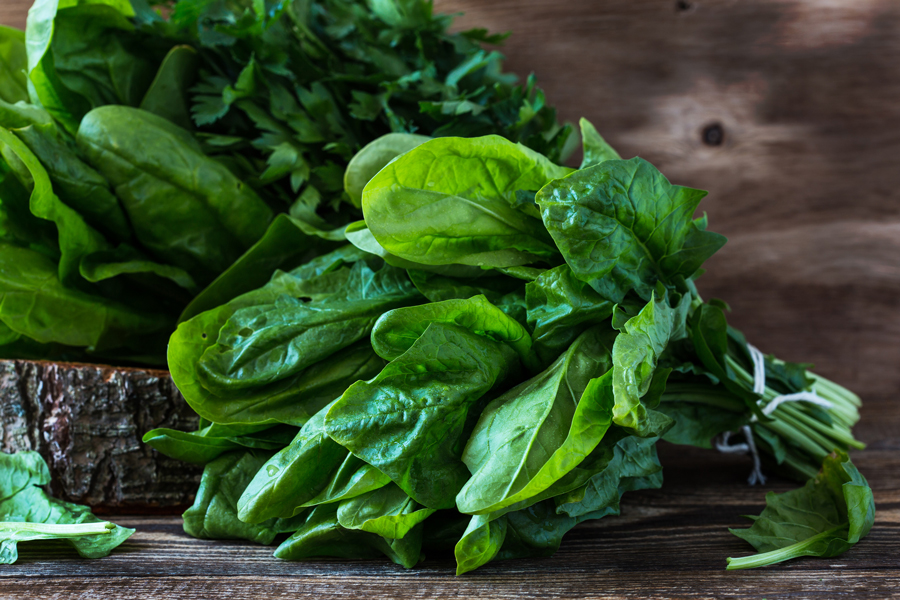Horticulture
-

Broccoli is grown throughout Georgia in both the fall and spring growing seasons. A locally significant wholesale industry developed in southwest Georgia, and acreage devoted to broccoli production has increased. The wholesale broccoli industry fills a market window in late fall, through winter, and into early spring. Plantings also occur in north Georgia, where lower winter temperatures limit late fall plantings but allow plantings later into the spring growing season. This publication addresses considerations of horticulture, entomology, and plant pathology for production of fresh market broccoli in Georgia.
Timothy Coolong, Alton N Sparks, and Bhabesh Dutta
|
-

This report provides research and extension results for trials conducted by the University of Georgia Vegetable Team and its collaborators in 2024. Contributing authors include county and regional faculty as well as specialists from UGA’s horticulture, plant pathology, crop and soil sciences, and entomology departments. All research has been supported by the Georgia Commodity Commission for Vegetables.
Timothy Coolong and Ted McAvoy
|
-

Hort Scape streamlines the bidding process once the user builds a coded database of plants, including common and botanical names, plant sizes, plant costs, and per plant installation costs. Then, using the bid estimator, the user inputs the plant codes and quantities for the plants used on a particularly job, and the associated information on each plant is brought over from the database to the estimator. Other sections of the estimator calculate costs of bed amendments, fertilizers, turfgrass installation, grading, watering, edging, pre-kill with herbicides, plant removal, and clean-up. All these costs are then transferred to a bid summary sheet which shows labor, material and equipment cost for each task performed. The bid summary shows direct job costs, bid price, break-even price, profit on the job and overhead recovery. For more information, see http://www.hort.uga.edu/extension/programs/hortmanage.html
Bodie V. Pennisi
|
-

Proper planting is essential for healthy, vigorous growth of ornamental plants in the landscape. It assures rapid plant establishment by providing a favorable environment for the developing root system. This publication offers step-by-step guidelines that will help you achieve planting success.
Sheri Dorn
|
-

AP 133-1
Hurricane Helene Impact Report
We estimate that Hurricane Helene’s damages to Georgia agriculture and forestry will cost the state economy at least $5.5 billion in 2024 present value. This figure represents the sum of direct crop losses, losses to firms that support agriculture and forestry, losses to workers in those and related industries, and the recovery and restoration costs that firms in these industries will face. The Georgia Forestry Commission is a collaborator with UGA on this publication.
Timothy Coolong, J.Michael Moore, Jake Price, Lenny Wells, Casey W. Ritz, Wade B. Parker, Jillian Bohlen, Lawton Stewart, Greg Colson, Walter Scott Monfort, Todd Applegate, Mary Sutton, Michael Adjemian, Camp Hand, Ted McAvoy, Zilfina Rubio Ames, and Ping Yu
|
-

Various physiological disorders can affect the appearance and desirability of fresh market bell peppers; these often arise from environmental stresses and nutritional imbalances. Understanding these physiological issues is essential for growers to manage and mitigate them effectively. These disorders are common and are related to plant growth and development, not diseases. This circular shows these horticultural characteristics or traits that are expressed by certain genotypes.
Timothy Coolong, Ty Torrance, and Ted McAvoy
|
-

Spinach (Spinacia oleracea) is an important nutrient-dense leafy green, and its annual per capita consumption has significantly increased over the past decades. Spinach production in Georgia has experienced significant growth in the last few years, with over $400M in annual value, ranked first among all the other leafy green crops. Field spinach production is labor intensive, and the cost of weed management, harvest, and post-harvest accounts for 56% of the production cost. With the advantages of controlled environment agriculture in reducing labor costs and increasing production value with an extended growing cycle, hydroponic spinach has been gradually accepted and planted on a large scale.
Spinach is a cool season crop typically seeded during early spring or early fall. Summer season is often skipped because of pressure from insects, diseases, and weeds. Additionally, the optimal temperature for spinach seed germination is 65-70°F (18-21°C), and for spinach growth is 60-77°F (15-25°C). However, there is the possibility to grow spinach during summer in the greenhouse using a deep water culture hydroponics system that can minimize these pressures by focusing on heat-tolerant cultivar selection, germination improvement, and optimal hydroponic system implementation.
Rhuanito Soranz Ferrarezi and Kuan Qin
|
-

Pesticide and fertilizer recommendations are often made on a pounds per acre and tons per acre basis. While these may be applicable to field production of many crops, orchardists, nurserymen and greenhouse operators often must convert these recommendations to smaller areas, such as row feet, square feet, or even per tree or per pot. Thus pints, cups, ounces, tablespoons and teaspoons are the common units of measure. The conversion is frequently complicated by metric units of measure. This publication is designed to aid growers in making these calculations and conversions, and also provides other data useful in the management, planning and operation of horticultural enterprises.
Bodie V. Pennisi
|
-

This brief guide covers nutrient deficiencies and their symptoms in common vegetables. Makenzie English, Horticulture Program Assistant, is co-author on this publication.
Bob Westerfield
|